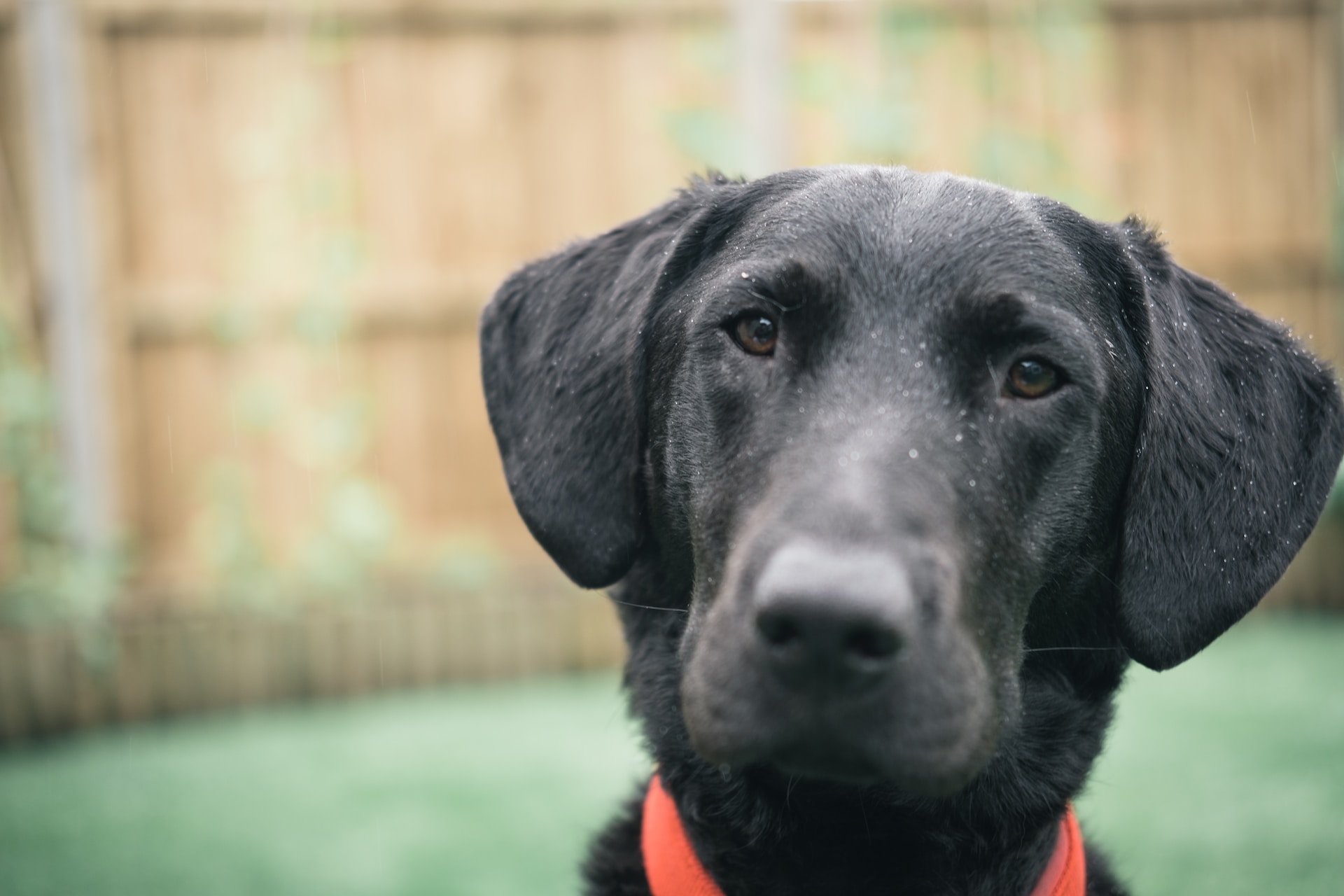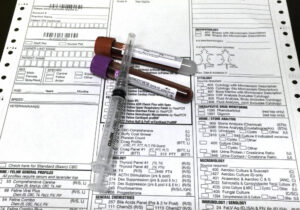
24 Jul Why Pets Should Have Their Teeth Cleaned At Age 1 – 2…And Annually Thereafter!
Veterinarians have for years been reactive versus proactive. Think about it…when did we start recommending wellness blood work for younger dogs and cats? We have for years recommended blood work, urine and thyroid assays for older pets, but it’s not until recently that have we started seeing the benefits of performing wellness checks on younger pets. Your next question is, “Why?” The main reason is to establish a baseline of which we can look for trends that lead to potential disease processes such as early kidney disease, early thyroid disease, and early hypertension. Without having those annual trends of bloodwork to compare with the physical exam findings (and body weight), you’re running into troubled waters in that you have allowed the disease to occur and progress without augmenting it. BAD CHOICE!

Now let’s focus on the oral cavity of your dog and cat. Just like the recommendation for early wellness exams for your pet, performing anesthetic dental cleanings at ages 1 to 2 can help find early onset disease process such as gingivitis and early periodontitis (<25% bone loss). Studies show that 80% of dogs and cats have some form of periodontal disease (gingivitis to advanced bone loss and inflammation) by the age of 3. So the question bodes, why start cleanings and x-rays after the disease has already taken hold of your pet? Does that make any sense whatsoever? Wouldn’t you rather PREVENT disease from occurring versus start after bone loss has started the nasty cascade of destruction?
This is especially true for small breed pets (under 20 lbs of body weight). These pets have overrepresented the study in that the vast majority of these small pets have ADVANCED disease by year 3, not just early periodontal disease. This is why they are overrepresented:
- tooth crowding
- tooth rotation
- retained or persistent puppy teeth
- partially or not fully erupted adult teeth
- embedded teeth
- malocclusions


If the above occurs with your pet, it is especially important to have that treated at a very early age in life. Interceptive orthodontics (strategic extraction of teeth that are causing oral pain due to crowding/rotation, contact with other teeth, etc…) removes a source of pain and inflammation once and for all. This allows those remaining teeth to have space in-between each other resulting in less chance of causing inflammation and bone loss.
Once you schedule your dog or cat for their first anesthetic dental procedure at year 1-2, you should have that procedure performed annually at roughly the same time as your annual wellness exam. The really cool thing for you (and your pet) is wellness blood work suffices for pre-anesthetic blood work, so you don’t have to have more blood work run for your pet’s dental procedure.
The risk/reward for having annual dental cleanings heavily weighs towards the reward side. This is especially true as we have a Board-Certified Veterinary Anesthesiologist™ on our team for higher-risk anesthetic patients (or anxious Mom’s and Dad’s worried about anesthesia). A healthy mouth prevents having oral bacteria migrating to vital organs such as the heart, lungs, liver and kidneys. If your dog or cat develops heart disease at a later age in life, the chances of a better quality of life is so much better if the mouth is free of inflammation, not to mention free of PAIN! Yes, oral disease is painful for your dog and cat, so starting at an early age in life and preventing future oral pain is the right thing to do as a caring, nurturing pet owner.

Severe plaque and calculus due to crowding and rotation in a small breed pet

Extensive bone loss secondary to crowding and rotation. Note the supernumary 1st premolar.
I have seen first hand since I became a Veterinary Dental Specialist™ with owners that diligently have their dogs or cats receive anesthetic dental procedure at least annually have a much higher quality of life. These pets feel better and look and feel happier, and the owners can testify to that fact time and time again.


So the question is not ‘why should I start having my pet’s teeth cleaned at year 1-2’ but rather, WHY NOT?? Sit back and think about that for a while.
Barden Greenfield, DVM, Dip. AVDC Your Pet Dentist of Nashville
Dr. Greenfield has lectured both nationally and internationally on many veterinary-related topics. This topic relating to starting anesthetic dentistry at an early age, is one of his most passionate lectures.
Photo by Dan Burton from Unsplash


